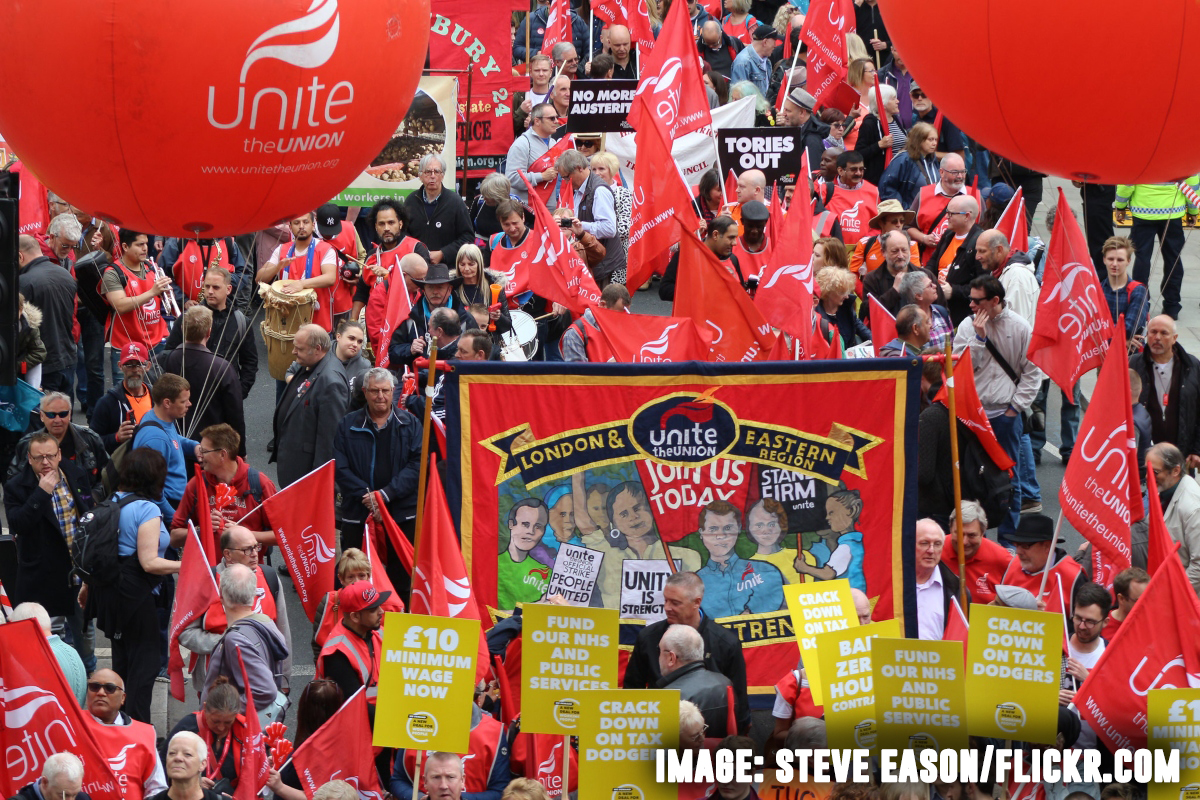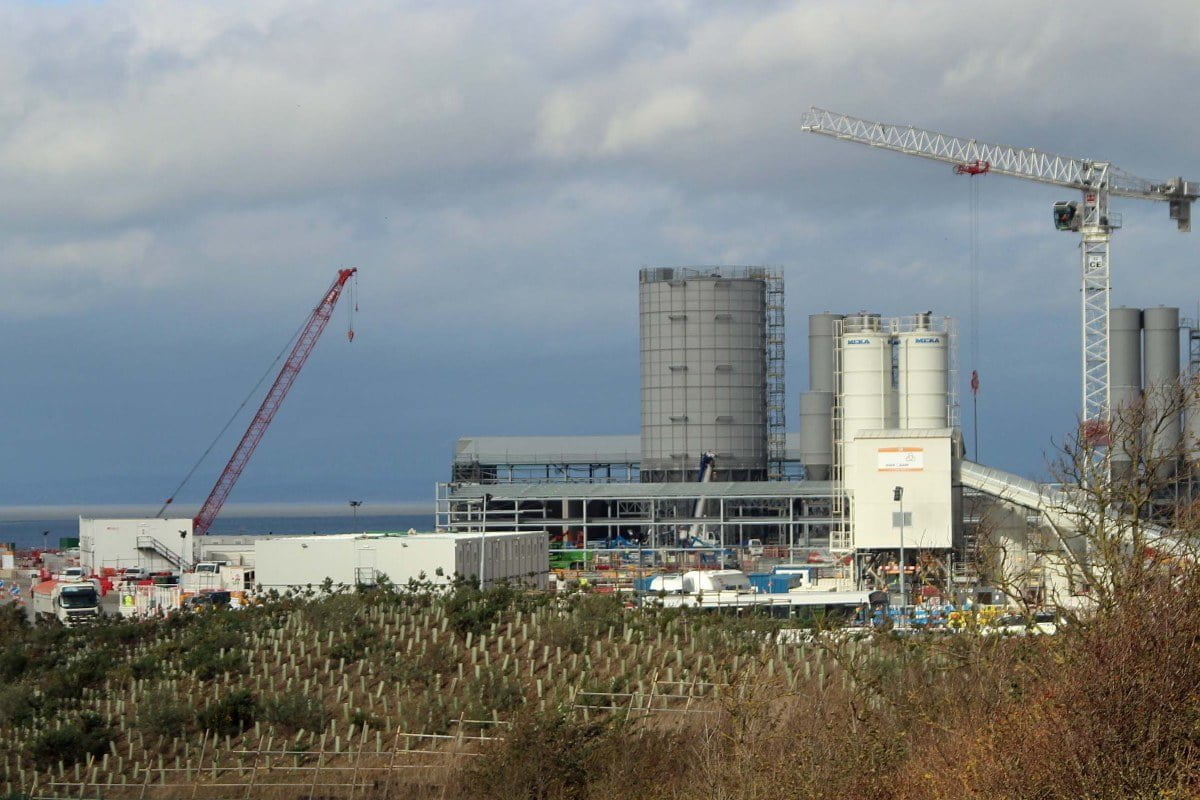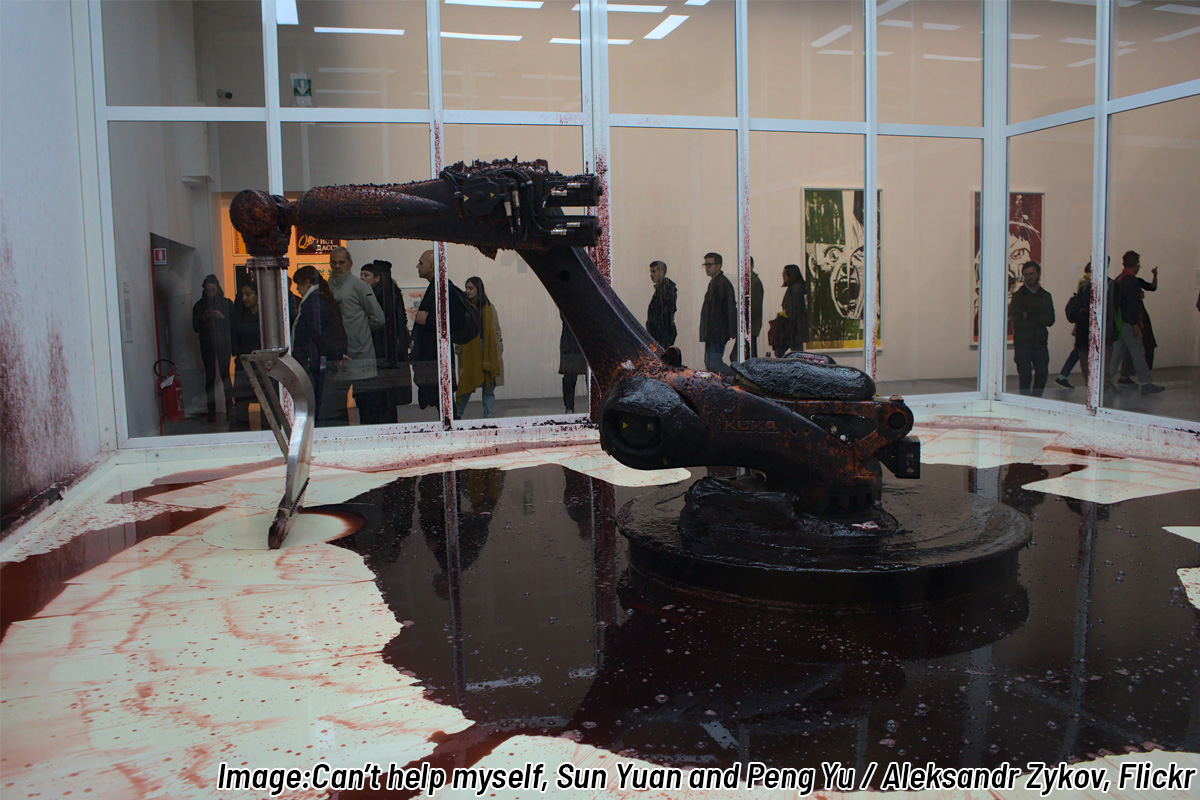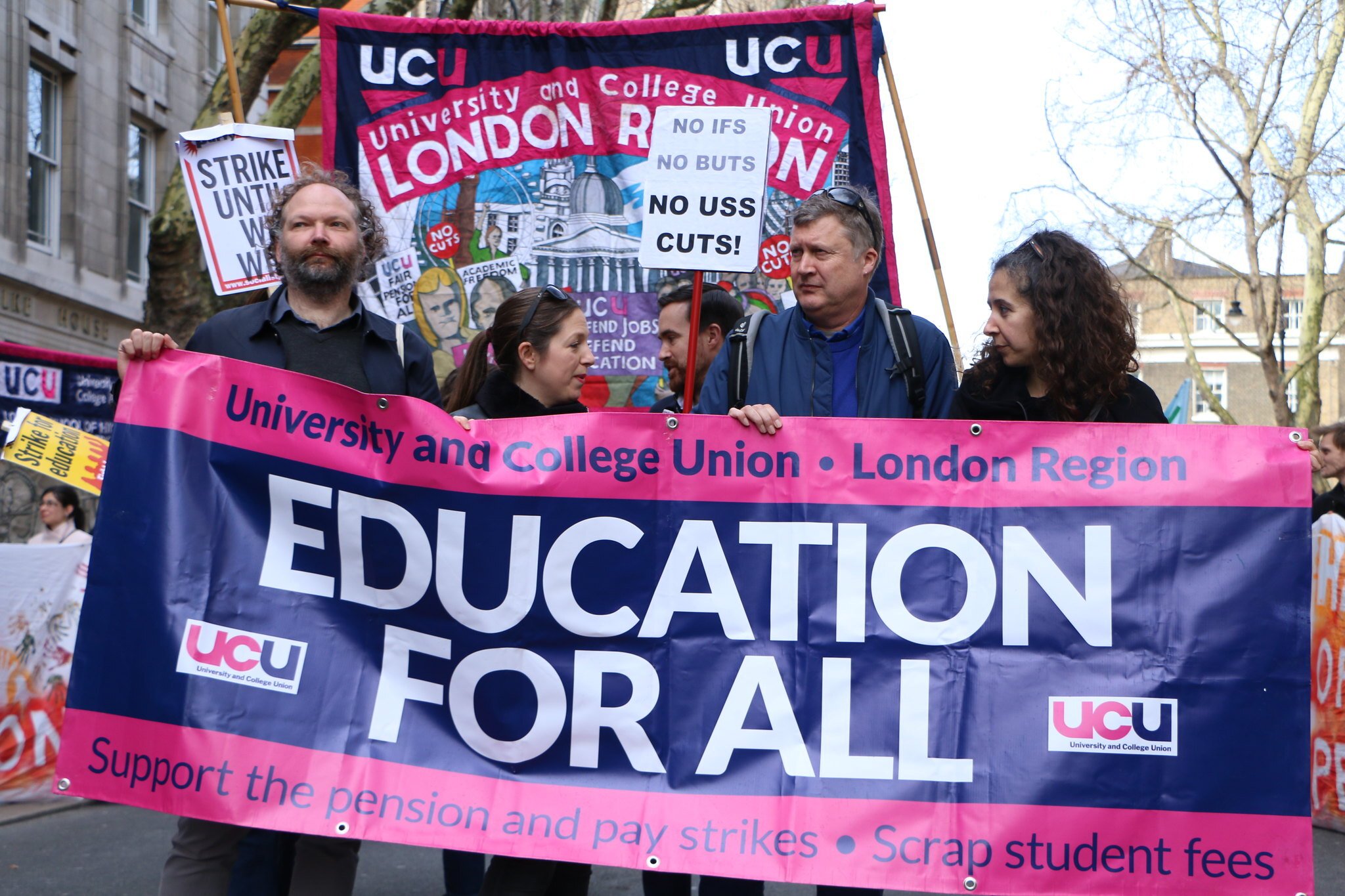Protests and strike action loom, as Unite members prepare to fight against a race to the bottom in the mechanical and electrical sector. The full strength of the union movement must be utilised to fight this attack on wages and conditions.
On 14 February, a bombshell was dropped on Unite members in the Mechanical and Electrical (M&E) sector, when workers seeking future employment on the Hinkley Point C (HPC) project received information from the union exposing plans being pushed by the bosses.
This latest scandal involves the MEH Alliance, the group of companies running the M&E side of the project, who are intending to trial a new job role on the site that would in effect lead to a deskilling of the industry.
The dispute centres around the role of Electrical Support Operatives (ESOs) and Engineering Construction Operatives (ECOs).
Compared to the usual roles on a site such as HPC, the employers are limiting the precise purpose and level of training (only NVQL2) for these positions, with the aim of bringing in workers who are less well-trained.
These workers will then be used to replace more highly-trained electricians, who are better unionised, and who command higher wages.
This dispute echoes the 2011-2012 BESNA battle, when rank-and-file Unite members beat back the bosses’ attacks on wages and conditions in the building services sector. Once again, this is a fight to ensure that workers are properly trained and competent for the work they carry out.
As Jim Harte, the chair of Unite’s Electrical and Mechanical combine, put it: “We knew that the war was not won. We have to be ever vigilant against those who want to take our jobs away by deskilling our industry.”
Blacklisting
The presence of notorious blacklisters – such as Balfour Beatty and NG Bailey – amongst the companies in the MEH Alliance has not gone unnoticed. Many good trade unionists have been forced out of work and into a desperate financial situation because of this disgusting practice.
This is Gerry Harvey – Balfour Beatty industrial relations boss named in court for #blacklisting union members.
He is responsible for laying off 54 sparks today at #Crossrail #Woolwich station without proper consultation. pic.twitter.com/vFabTCo4EA— Dave Smith – Join A Union: Save Lives Save Jobs (@DaveBlacklist) December 13, 2017
The use of blacklisting to target known union militants shows exactly what these firms are most scared of – a workforce that’s organised and can defend itself. Construction bosses had a taste of that in the BESNA dispute; and they’ve been determined to behead the movement ever since.
It’s not just the bosses who’ve been involved in this scandal, however. Rumours have circulated for years that the old UCATT union bureaucracy was also involved in dirty deals with the employers.
It is reported that these union bureaucrats would appoint so-called ‘convenors’ – people who the membership hadn’t even voted for – who were then installed on sites run by proven blacklisters. Disgracefully, workers weren’t even able to have monthly shopfloor union meetings amongst themselves on these sites.
UCATT was absorbed into Unite some years ago. M&E workers have therefore been calling for their own sector in the union: Electrical Mechanical Engineering Construction (EMEC). Within this, members would have their own resources and representation, instead of being stuck with the old UCATT officials and ‘convenors’. This demand has been growing in strength recently.
In the period ahead, Unite members will therefore by keeping one eye on the bosses, and another on their own officials, to make sure there are no tricks.
Battles ahead
The rank and file of the M&E sector have shown their willingness to fight. On Saturday 20 February, the rank and file group met to discuss the situation. The mood there was determined. They’ve seen this all before, and they know what’s at stake.
M&E workers have confidence that this is a fight they can win. They did it before in the BESNA dispute, and they can do it again now.
Back then, it was ordinary union members in the M&E sector who really drove the fight forward. Sometimes this even meant having to overcome foot-dragging by their own officials.
The BESNA dispute helped to bring about militancy and strong organisation amongst the workers involved. These attributes need to emerge again from this latest fight.
The bosses will have learned from those battles too. And they have a conscious strategy in place now. They know that if they can force through these changes at Hinkley Point C, then no site is safe for workers.
Union fightback
 The Unite leadership has already come out with fighting talk. But the union must be prepared to back up these words with deeds too. When it comes to protests and strikes, then the rank and file must be given all the support they need.
The Unite leadership has already come out with fighting talk. But the union must be prepared to back up these words with deeds too. When it comes to protests and strikes, then the rank and file must be given all the support they need.
The GMB, who also organise in the construction sector, must also be called upon to support protests and strikes. And Unite members in related sectors must be mobilised to provide solidarity.
If this is an existential fight, as Unite says in its letter to members, then it has to be fought with the trade union movement’s full strength.
In addition, the union should use this deskilling scandal to make the case for the nationalisation of these companies, under the democratic control of the workforce.
At the end of the day, it is because these industries are run for profit that this race to the bottom occurs. This will only end when organised workers have control, under a socialist plan of production.






